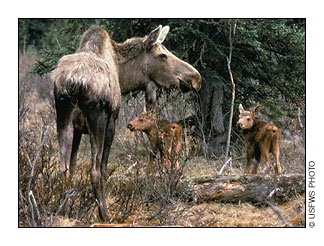 From a New Hampshire Fish and Game press release:
From a New Hampshire Fish and Game press release:
New Hampshire Fish and Game is partnering with the University of New Hampshire in a major new research effort to learn more about the causes of moose mortality and how our changing weather patterns may be affecting both the causes and rates of mortality in our moose herd. Funded entirely by federal Wildlife Restoration dollars, this project updates and enhances the research we did from 2001-2006.
Over a two-year period, we will place radio collars on 80-90 adult moose cows and calves. A helicopter wildlife crew will capture and collar the animals. We will track the collared animals for four years, monitoring them for as long as the collars keep transmitting. We’ll be looking at how long the individuals live; and when they die, we’ll try to get there as soon as possible to determine cause of death. This research will help us determine what the mortality rate and causes are at this time. It seems to have increased since our last mortality research project. We want to know if mortality is being caused by winter tick or other factors. These answers will inform future management decisions.
Read the rest of the release, which mostly addresses the impact of winter tick mortality on New Hampshire’s moose population (the point being that the population has suffered, but it’s not about to disappear) here. It is in the form of a Q&A with award-winning moose biologist Kristine Rines.
NH Fish and Game winter tick press release/Q&A
Photo: A moose and calves from the NH Fish and Game press release, however, the name of the file indicates that it came from the US Fish and Wildlife Service.

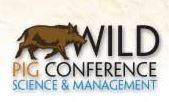 From the conference website:
From the conference website: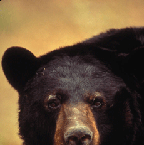 A black bear attack on a 12-year-old girl in Michigan made national news last week. However, a
A black bear attack on a 12-year-old girl in Michigan made national news last week. However, a Canadian researchers found that European birds flee before an approaching car at an interval that is consistent with the road’s speed limit, but not with the actual speed of the approaching car. So birds on a highway fled sooner than birds on local, residential roads. The researchers studied roads in three speed categories.
Canadian researchers found that European birds flee before an approaching car at an interval that is consistent with the road’s speed limit, but not with the actual speed of the approaching car. So birds on a highway fled sooner than birds on local, residential roads. The researchers studied roads in three speed categories.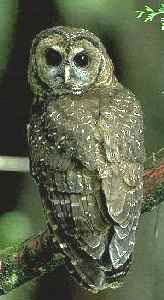 Efforts around the country to remove troublesome creatures — whether invasive or otherwise — have been met with a variety of reactions. In all cases the creatures are being removed because they are harming an ecosystem.
Efforts around the country to remove troublesome creatures — whether invasive or otherwise — have been met with a variety of reactions. In all cases the creatures are being removed because they are harming an ecosystem.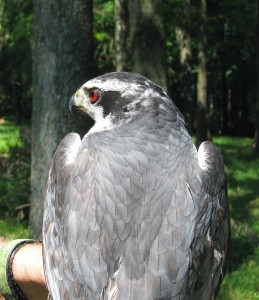 Here’s some good news for a Monday morning.
Here’s some good news for a Monday morning.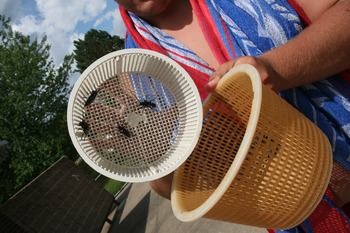 – The Wyoming Game and Fish Department is asking people to report any dead sage grouse they find immediately so they can be tested for West Nile virus.
– The Wyoming Game and Fish Department is asking people to report any dead sage grouse they find immediately so they can be tested for West Nile virus. 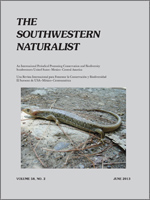 Here are some papers from the most recent issue of the
Here are some papers from the most recent issue of the 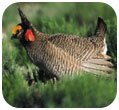 From a press release issued by the Oklahoma Department of Wildlife Conservation and the Kansas Biological Survey:
From a press release issued by the Oklahoma Department of Wildlife Conservation and the Kansas Biological Survey: